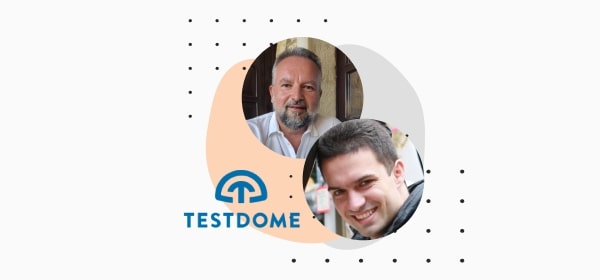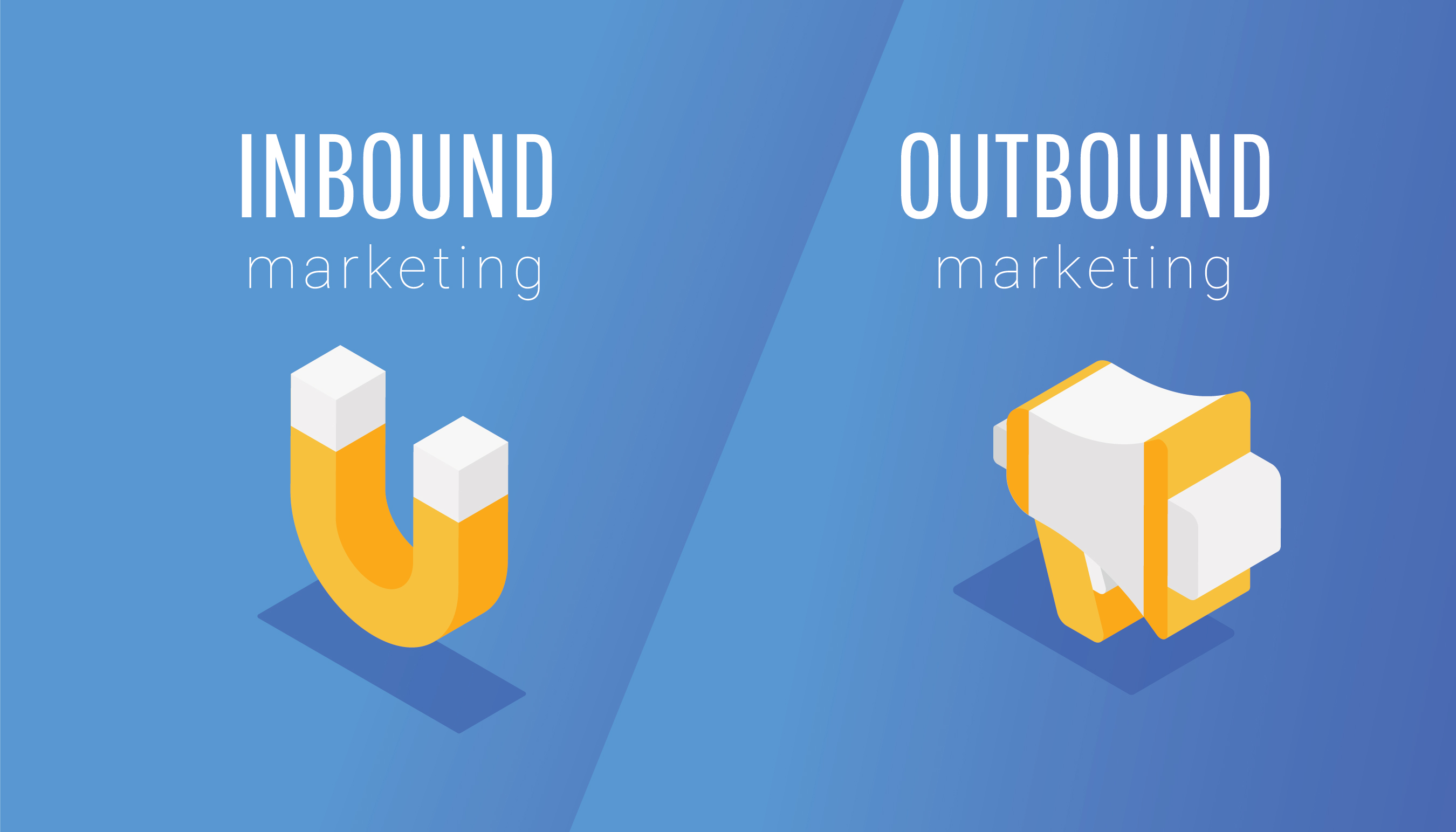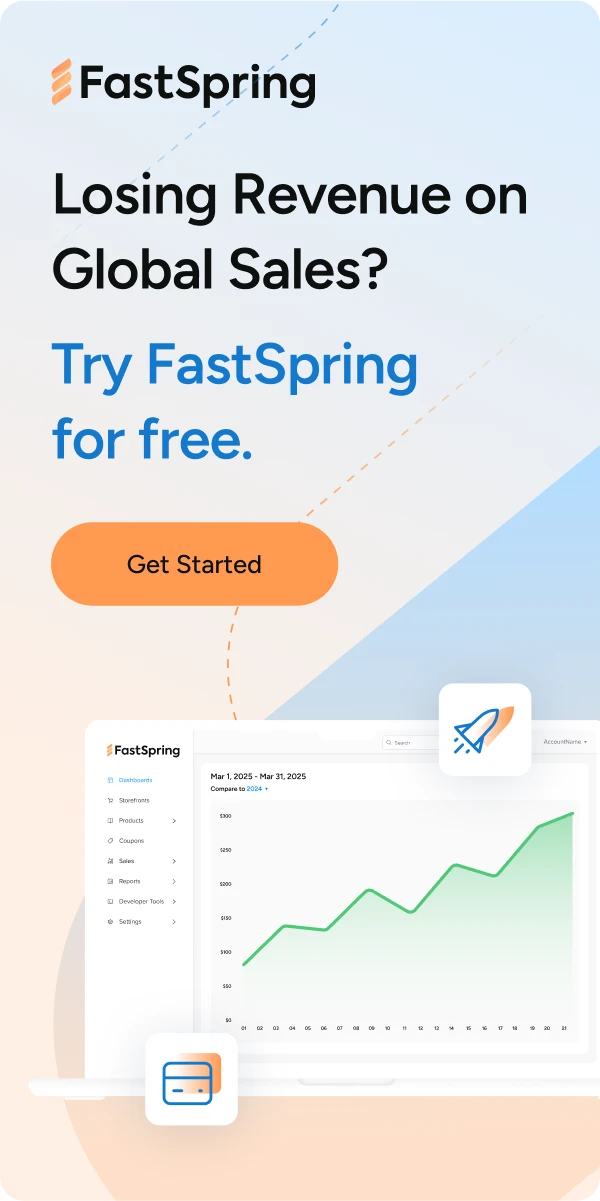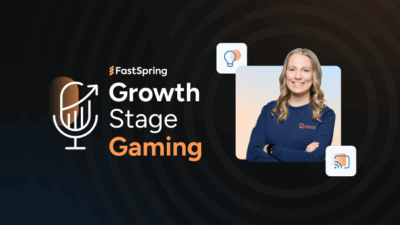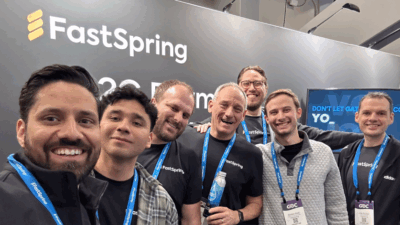Inbound marketing, PPC (Pay-Per-Click), and natural SEO are all great ways to market your SaaS or digital product. Each method is based online, and they’re relatively inexpensive, which makes them a good fit for startup companies. You’ve probably heard the terminology tossed around in marketing circles, but what are the key elements of each of these methods? Read on to learn more.
Inbound Marketing
For over a decade, the most effective method of doing business online has been inbound marketing. It skips the marketing stand-bys, such as buying ads and email lists and focuses on creating content that will draw customers to your business.
It’s a simple concept. Rather than aggressively chasing customers down, inbound marketing provides high-quality, educational content that captures the attention of prospects by answering their questions in an easy-to-digest form— usually through blog posts, but also via email, long-form content offer, or even with video.
There are four steps to the Inbound Methodology:
- Attract— Gain the attention of strangers with your social media presence and the use of high-traffic keywords in your blog posts.
- Convert— Turn casual visitors into leads with your calls-to-action, forms, and landing pages that direct them to offer up their information in exchange for valuable content and the promise of additional information about the organization.
- Close — This step transforms leads into customers, using carefully timed workflows that offer up an appropriate amount of touch points without turning the prospect away forever. Emails, sales team contact, and general follow-up are key during this stage.
- Delight— After the customer makes the purchase, your relationship isn’t over. Instead, continue to stay in touch with the customer, offering surveys, content tailored to the customer’s purchase/business, and contact via social media. This will turn a customer into a promoter, or someone who will encourage others to purchase from you.
Your product isn’t designed for everybody, so why advertise to people who have no interest or need for what you have to offer? Inbound marketing is based on talking to the people who are listening, personalizing content to meet their needs, and building trust as well as credibility for you and your business. When people look to you as a thought leader in your field, they’re more likely to come to you when it’s time to make a purchase.
PPC (Pay-Per-Click) Advertising
PPC, aka Pay-Per-Click, is a low-cost form of advertising that’s often used in tandem with digital businesses. It’s an efficient way to get results quickly, and, when it’s done well, it can give your business a big boost.
Basically, PPC allows advertisers to pay a nominal fee to direct potential customers to a website. The most popular place to start working with PPC is with Google AdWords. Setting up an account is easy, and there are many tutorials available that will help you get your PPC campaign up and running.
The arena where PPC really shines is in the mobile market. As more people turn to their smartphones or tablets to conduct internet searches, utilizing PPC will ensure that your site is at the top of the search results, capturing the attention of your intended audience with ease.
One of the best parts of PPC is its scalability. You can start small, dabbling in PPC to see whether it’s worth your time and financial investment. If you get the desired results, you can increase your campaign to bring more customers to your site than ever before.
Natural SEO
Natural SEO, or search engine optimization, has become something of a marketing buzzword in recent years. Also known as organic SEO, it refers to marketing efforts that result in higher rankings when consumers conduct searches. With PPC, you pay to rank; natural SEO requires a bit more savvy to crack the top of the search results.
The most efficient way to improve your brand’s natural SEO is to crank out content that contains carefully-placed keywords. While keywords are important, the content cannot just be a random assortment of high-ranking words; it’s also got to have value to your customers. In fact, Google’s algorithms are constantly improving, and if they sense that your content is trying to rank by using cheap gimmicks and keyword stuffing, you’ll get knocked back down the ranks.
How do you engage in natural SEO without facing the wrath of the Google algorithm? It’s simple. Create valuable content that answers the questions your buyers most commonly ask. If you write with an eye toward offering more value to the people who find your product interesting rather than ranking higher in a search engine, you’re more likely to succeed.
Selling online is a challenge. Partner with a full-stack ecommerce platform like FastSpring to get the support you need to complete more conversions. Download our free guide, What You Need to Know About Selling Online.
